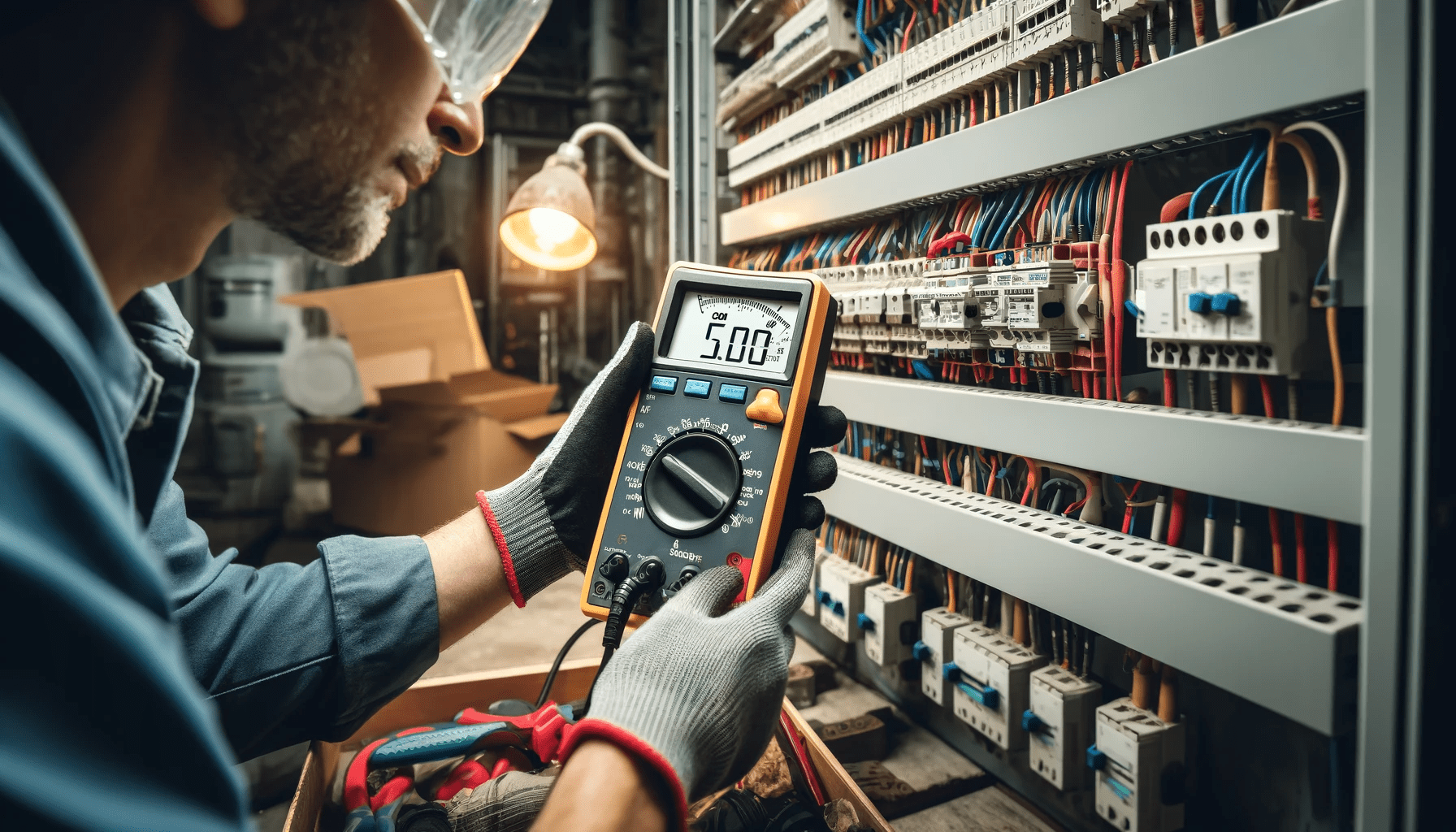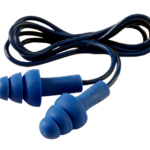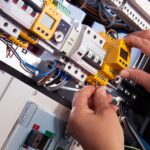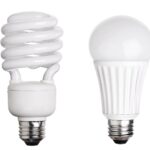
Introduction
Electrical testing and measurement is a crucial aspect of maintaining and troubleshooting electrical systems. Among the various tools used for this purpose, the ammeter, a trusty tool for electricians and technicians, is indispensable for measuring current. Understanding the proper use of ammeters can help prevent system failures, ensure safety, and maintain the efficiency and functionality of electrical systems and components. This article deeply dives into the best practices and tips for optimising electrical testing with ammeters, ensuring accurate and reliable results
Understanding Ammeters: Their Basics and Types
Ammeters, also called ampere meters, are measuring instruments used to measure electric current––the rate of flow of electric charge––flowing through a circuit. The name ammeter or amp meter comes from the unit of current, ampere. Typically, an ammeter symbol in a circuit diagram is represented by a capital “A” enclosed by a circle. Ammeters can measure both the AC and DC currents and are typically connected in series with the circuit where the current needs to be measured. This means that the entire current flowing across the circuit must also flow through the ammeter itself. Due to the nature and characteristics of ammeters, they are widely used across a broad spectrum of diagnostic, repair, and troubleshooting applications in residential, commercial and industrial settings.
A Brief Overview of Different Types of Ammeters
Ammeters come in different types, including a DC ammeter, AC ammeter, clamp-on ammeter, handheld ammeter, analogue and digital ammeters, each with specific features and applications. However, the most widely-used and common types of ammeters include:
- Analogue Ammeters – These ammeters display current readings using a needle and dial and are often preferred for their simplicity and durability. The built-in needle within an analogue ammeter is deflected by the magnetic field created by the current flowing through it.
- Digital Ammeters – These instruments carry an easy-to-read digital readout (display) to show the current value. Unlike an analogue ammeter, a digital ammeter uses electronic components to convert the current into a displayed output and is known for its robust precision and ease of use.
Benefits of Optimised Electrical Testing with Ammeters
Optimised electrical testing with ammeters offers unprecedented benefits for electrical systems. Analysing the ammeters’ output readings helps diagnose circuit problems, ensure safe operation, and optimise electrical systems’ performance. However, from improved safety and fault detection to efficient load balancing and predictive maintenance, ammeters are essential hand tools for ensuring the smooth and reliable operation of your electrical infrastructure. Additionally, assessing the health of electrical systems, ammeters can benefit users in terms of reduced costs for the long term.
Advanced Techniques for Optimising Electrical Testing with Ammeters
For complex testing scenarios, advanced techniques can help optimise the use of ammeters and include:
Using Clamp Meters
Clamp meters, a type of ammeter, allow non-invasive current testing and measurements. They are ideal for testing with live circuits (AC and DC) and can measure higher currents safely.
Integrating Data Logging
Modern digital ammeters often come with data logging capabilities. These features help record and analyse current measurements over time, aiding in predictive maintenance and troubleshooting.
Current Signature Analysis
This technique goes beyond basic current measurement. By analysing the current’s waveform using a fluke meter or oscilloscope, you can identify subtle variations that indicate potential problems. For example, harmonics in the current waveform can signify issues like malfunctioning components or non-linear loads.
Implementing Automated Testing Systems
Automated testing systems can integrate ammeters for continuous monitoring and automated data collection. These systems enhance efficiency and accuracy in large-scale or critical applications.
Cross-Referencing with Other Instruments
Ammeters are even more powerful when used in conjunction with other test instruments. Combining ammeters with other instruments, such as voltmeters and oscilloscopes, can obtain a comprehensive understanding of the electrical system’s performance.
Exploring the Best Practices for Accurate Measurements Using Ammeters
To achieve accurate, reliable measurements and ensure safety, follow these best practices when using ammeters.
- Safety is First: Adhere to safety guidelines to prevent accidents. Always de-energise the circuit before connecting or disconnecting the ammeter. Ensure to wear appropriate personal protective equipment (PPE).
- Choosing the Right Ammeter: Select an ammeter appropriate for the expected current range and type of measurement (AC or DC). Using an ammeter with the correct range prevents damage to the instrument and ensures accurate readings.
- Proper Connection Techniques: Always connect the ammeter in series with the load. Ensure all connections are secure to avoid loose connections that can cause inaccurate readings or safety hazards.
- Overload Protection: Many ammeters have overload protection fuses. Ensure you’re using the correct fuse rating for the expected current.
- Calibration and Maintenance: To maintain accuracy, regularly calibrate ammeters. A qualified technician using standardised procedures and equipment should perform calibration.
Troubleshooting Common Issues in Ammeters Can also Optimise Electrical Testing
Even with best practices, issues can arise. Some common problems and their solutions include:
- Inaccurate Readings: Inaccurate readings can result from improper range settings, high resistance connections, or calibration errors. Review connection techniques, check for loose connections, and ensure the ammeter is calibrated correctly.
- Overloading the Ammeter: Avoid overloading by starting with the highest range setting and using an ammeter rated for the expected current. Overloading can damage the ammeter and provide false readings.
- Interference and Noise: Electromagnetic interference and electrical noise can affect measurements. Use shielding and ensure the ammeter and its connections are well-insulated to minimise these effects.
Expert Tips for Accurate Measurements Using Ammeters
Achieving precise measurements requires attention to detail and adherence to specific techniques.
- Minimising Resistance: To minimise resistance, ensure all connections are clean and tight. High resistance can cause inaccurate readings and potential overheating.
- Using Proper Range Settings: Start with the highest range setting and gradually move to a lower range to find the most accurate measurement. This prevents overloading the ammeter and ensures the reading falls within the optimal range.
- Accounting for Temperature Variations: Temperature can affect current measurements. Use temperature compensation techniques or tools to account for variations, ensuring consistent accuracy.
- Avoiding Magnetic Interference: Keep the ammeter away from strong magnetic fields, which can interfere with measurements. Use shielding if necessary to protect the ammeter from external magnetic influences.
Wrapping Up
An ammeter is a powerful tool, and using it correctly can prevent costly repairs, downtime, and even potential safety hazards. Optimising electrical testing with ammeters involves understanding their types, proper usage, best practices, and actionable tips. By choosing the right ammeter, following proper connection techniques, and adhering to safety protocols, you can ensure accurate and reliable measurements and enhance the effectiveness of your electrical systems.





















